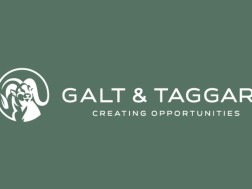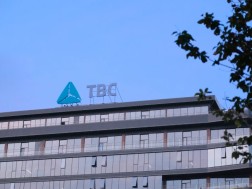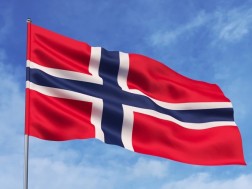Tbilisi (GBC) - At the 58th Annual Meeting of the Asian Development Bank (ADB), Georgia and the ADB formalized a loan agreement for the “Energy Saving and Green Hydrogen Gas Development Project.” This significant agreement provides a loan of approximately EUR 98 million to Georgia.
The loan agreement was officially signed by Georgia’s Minister of Finance, Lasha Khutsishvili, and Lesley Bearman Lahm, Country Director at the Georgia Resident Mission of the Asian Development Bank (ADB).
The project is designed to install a climate-resilient energy storage system (BESS) at the Ksani substation. It also involves studying the potential for green hydrogen development, offering practical training in BESS operations, and sharing technical expertise with the Georgian State Electrosystem (GSE).
Executing this project will ensure the Georgian power system’s sustainability, flexibility, and security. Simultaneously, it will improve the quality of electricity and contribute significantly to increasing the security of the electricity supply, thereby strengthening Georgia’s energy independence overall.



















